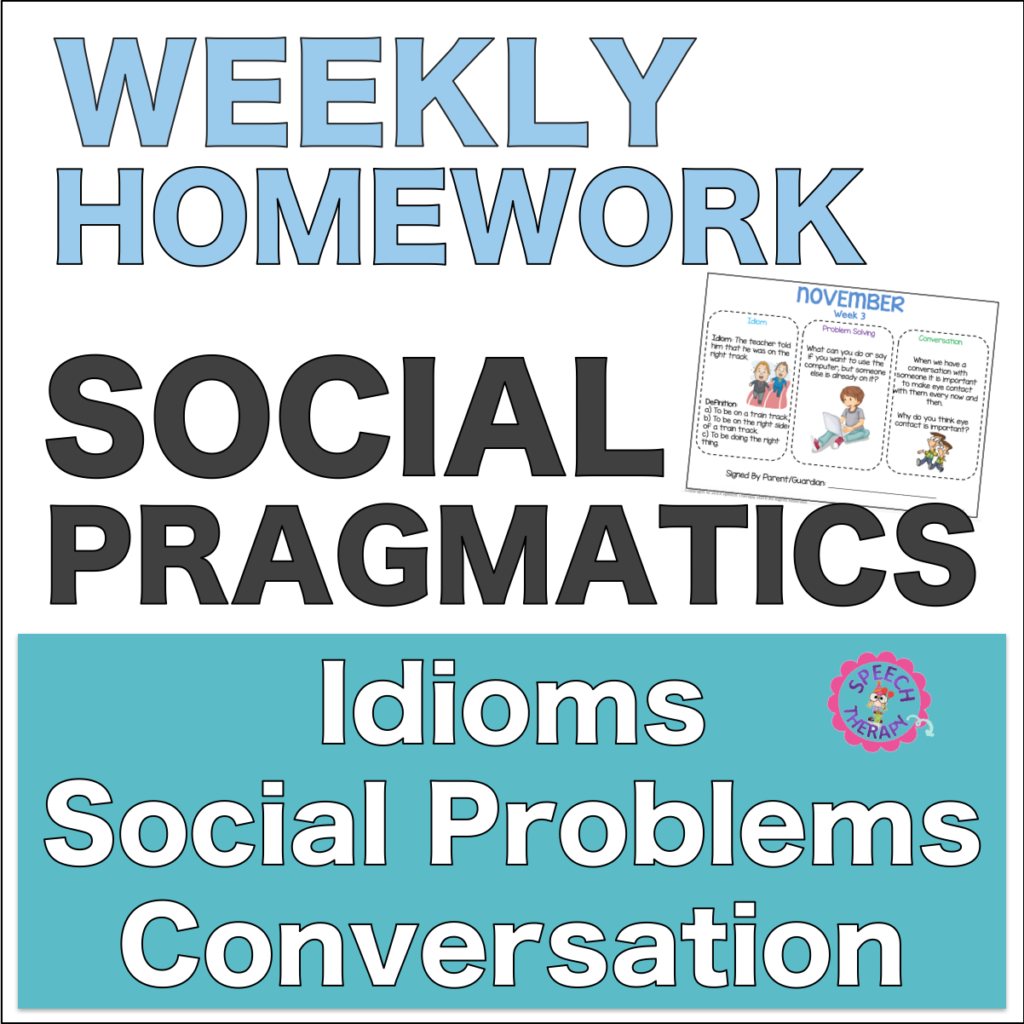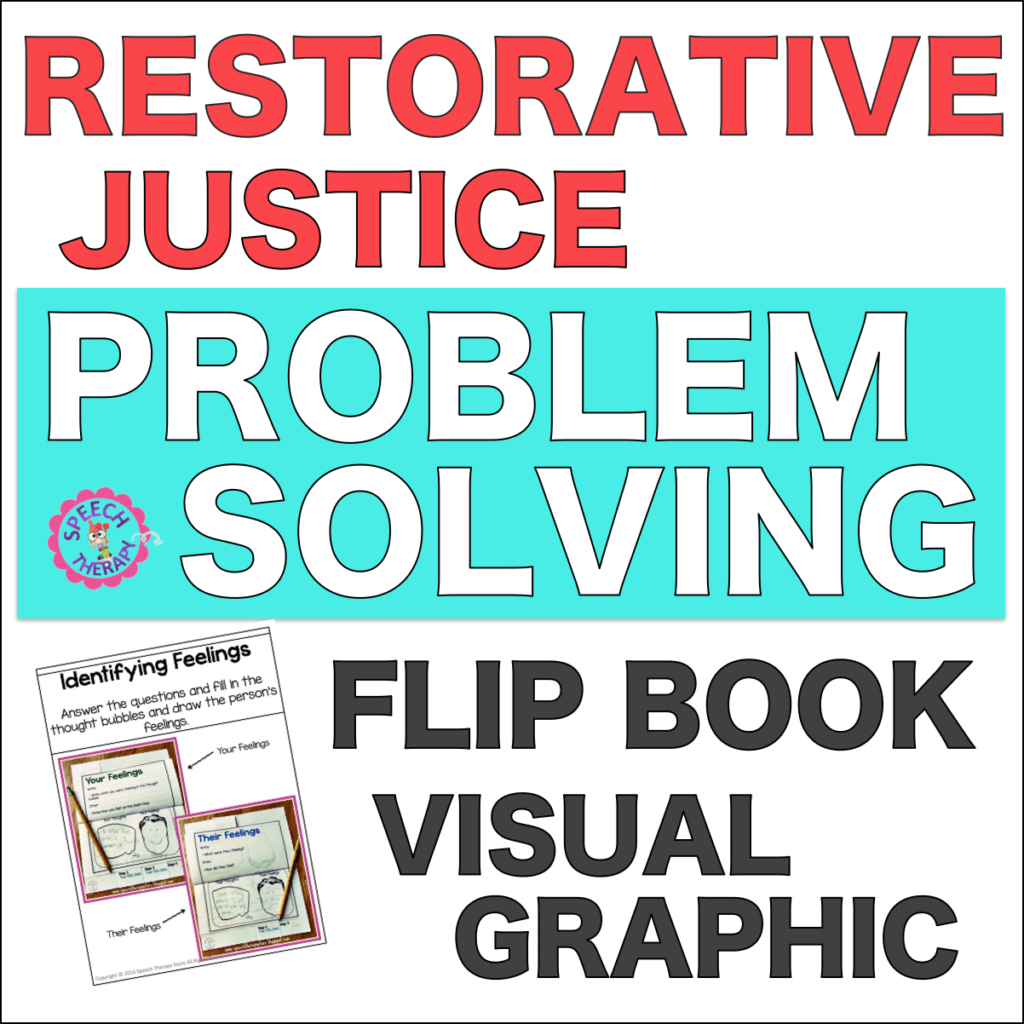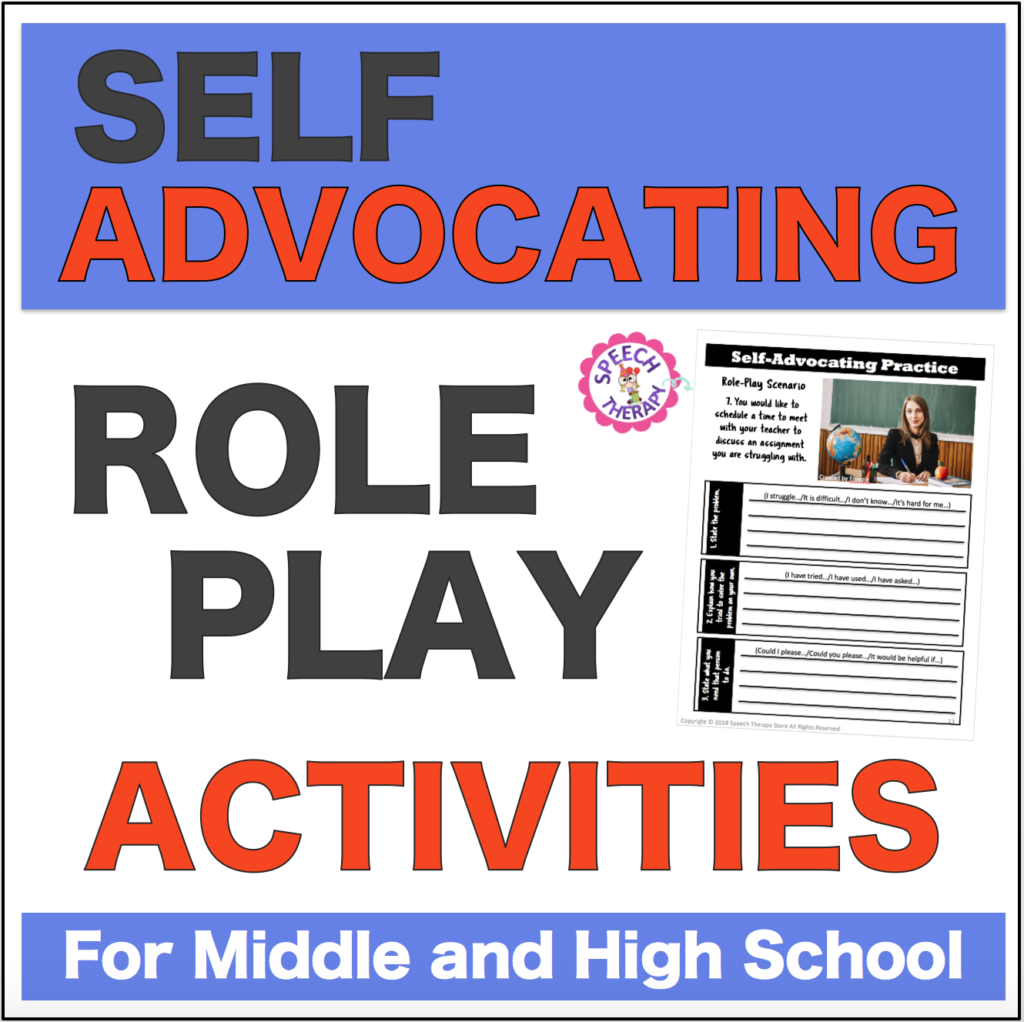Do you have kiddos who struggle with their social problem-solving skills? Teach your students the simple process of how to solve a problem along with having them review how well their solution worked or didn’t work.
Why Teach Problem Solving Skills?
Learning to problem solve is an essential skill that is used not only throughout childhood but also into adulthood. Social problem solving is the ability to change or adapt to undesirable situations that arise throughout our day.
On a daily basis, a child will encounter social problems that they will need to solve.
Anything from:
- arguing with another student
- to hurting a friend’s feelings
- to having a difficult conversation
- working with others

Start with Small Problems
Many of the “problems” children encounter are often small problems which the child may be over-reacting to, such as wanting a different coloring crayon or wanting to be first in line, however, these small problems are still very real to the child.
Practicing problem-solving with these small problems can be a great learning opportunity. Children can practice problem-solving with a small problem which can help them learn how to handle bigger problems in the future.
Problem Solving Importance
Social problem-solving skills are critical to a child’s social interactions, personal and professional relationships. A child’s ability to handle change, cope with stress, and handle challenges improves with a child’s ability to successfully solve social problems.
The ultimate goal is that the child will be able to solve social problems all on their own, but until they can independently solve a problem they will need to learn how to communicate and self-advocate to positively solve their problems.
Steps to Problem Solving
Children can be taught how to problem solve through a guided process of breaking down the problem and using simple steps to solve the problem.
Learning specific steps to problem-solving can allow children to remember how to solve a problem when they become overwhelmed or stressed.
Although learning to solve a problem independently can take some time and practice it is well worth the investment to have a child who can eventually solve most social situations in a positive manner on their own.
Problem Solving Form
Teach your students the 4 steps to becoming a social problem-solver.
- Identify the problem. For instance, start by having your student identify the social problem.
- Create three solutions. Also, have your student come up with three different solutions that they could use to solve the problem that they identified.
- Identify the consequences. Then, identify the consequence for each individual solution.
- Pick the best solution. Lastly, have your student identify which of their three solutions is the best choice Then have your student put into words why they think that solution is the best solution.

Problem Solving Review Form
After your students go through the social problem-solver have them use the social problem-solving review form.
- What happened. For instance, after your student tried their solution have them explain what happened next.
- Review the results. Also, have your student identify whether or not their solution got them the results they wanted.
- Use this solution again. Furthermore, have your student identify whether or not they would use this solution again in the future to solve the same or similar problem.
- What would you do differently? Finally, have your student explain what they would do differently if they didn’t get the results they wanted or if they wouldn’t use that solution again in the future.

71+ Social Problem Scenarios + 6 Blank Scenarios
Use the 71 social problem-solving scenarios to have your students get great experience practicing how to solve a social problem.
Also, included are 6 blank scenarios. Then laminate them so you can use them over and over again. Therefore, create social problems that the student experiences and needs help solving.

Wordless Video teaching Problem Solving
Watch this super cute wordless animation with your students and have them discuss the problem they see and how to best solve the problem.
Use this as a fun practice example to get your students started towards learning how to problem-solve.
Demonstrate Through Modeling
Model and Discuss Empathy
First and foremost, children need to understand how another person might be feeling in a given situation in order to become a good social problem solver. The student needs to learn how to “stand in someone else’s shoes” for a little bit.
One way you can work on this skill is during the reading time you can focus on how a particular character in the story might be feeling.
Ask questions, such as:
- “How do they feel right now?”
- “How would you feel in that same situation?”
- “Why do you think they feel that way?”
Model Problem-Solving Skills as the Teacher
When you are faced with a problem you can solve the problem by thinking aloud for the students to hear how you solve a problem.
You can state the problem, then come up with possible solutions, then identify the possible consequences to each solution, then pick and explain why a solution is the best option.
For example, you could say, “I was hoping to take the class outside for a stress walk around the track before the reading test, but the problem is that it is raining outside. I could still take you outside, but then you will get wet, or we could walk the halls, but then we’d have to be really quiet because there are other classes learning, or we could just skip the walk and take the reading test, but then you might not do as well on the test. I think based on all of those solutions the best solution will be to walk the hallway, but you guys will have to promise to be quiet so that we don’t disrupt other classes.
Modeling the problem-solving process can be very helpful for the students to watch, observe, and later implement themselves.
Teach Communication
Have Students Communicate How They are Feeling
Teaching your students to share their emotions in a respectful way can improve their ability to problem-solve.
Have students use an “I” sentence frame, such as, “I feel _____ (insert feeling word) when _____ (identify what made you feel that way).”
For example, “I felt sad when Jackson broke my favorite pencil” or “I was mad when I wasn’t picked to be first in line.”
This way students can communicate how they are feeling using honest and open communication. Teaching students to appropriately communicate their emotions can help solve some social problems from the beginning.
Encourage Independency
Encourage your Student to Problem Solve
If your student is struggling to problem solve independently encourage them to do so using open-ended questions.
Such as:
- “How could you fix this problem?”
- “What would be a fair solution?”
- “What would happen if you used that solution?”
Let the Student try to Problem Solve Independently
Give your students the space to try and solve their own problems using the guided strategies. Try not to come running to their rescue for every little problem.
Some problems are small and a great opportunity for the student to learn and practice. If an adult does all of the problem solving for a student then what are they really learning?
Give your students the time and space they need to practice solving small problems on their own. Of course, if it is a bigger or more serious problem then have an adult help guide the problem-solving process.
Tell an Adult
Remind your students that there are still some problems that are too big for them to solve on their own and that it is okay to get help from an adult to solve big problems.
For example, if the student doesn’t feel safe, someone is being hurt physically or emotionally, or if they tried to solve a problem independently but it didn’t work and they need help. Let them know that it’s okay to tell an adult.
Teach How to Disagree and How to Make Up
Discuss How to Disagree Respectfully
Remind your student that they won’t always agree with their teacher, friends, classmate, or parents and that’s okay. Even the people we like might have different opinions, interests, and likes than we do.
However, even if we disagree with someone we should still treat them with respect. Treating someone with respect means to not call them names, ignore them, yell or hit them. It means that you do try to create solutions that both parties can agree with and to apologize when we hurt others’ feelings.
Role-Play How to Make Up
Practice in everyday life how to make up after a social problem.
Be sure to get your free social problem solver today below! I hope you and your students love this freebie.
Conclusion
Have your students use task card scenarios to help them identify how they and others might feel in different social scenarios. Be sure to discuss the problem, identify possible solutions, identify the consequences of those possible solutions, and then based on those consequences pick the best solution.
Make social problem-solving a game by telling the students that they are social detectives and that it is their job to use what they know about social rules to help them identify the possible and best solutions.
Start practicing today with 71+ free social problem social task cards! Do your students need more practice?
Be sure to check out my other freebie for 31 wordless animated videos to teach problem-solving and so much more.
Get More Problem Solving Time Saving Materials
Next, be sure to check out the following time-saving materials to continue to teach your students how to solve their social problems in addition to this freebie.
Weekly Social Pragmatics Homework

- Weekly problem-solving. Send home a weekly homework page that includes a problem-solving scenario plus an idiom and a conversational practice scenario.
Restorative Justice Problem Solving Flip Book

- Restorative justice graphic visual. Use this graphic visual to help your student restore a social relationship after a social problem.
Self-Advocating Role-Play Scenarios

- Self-advocating in high school. Teach your high schoolers the process to self-advocate for what they need.
5th-12th Grade Life Skills Problem Solving

- Life skills problem-solving. In addition, this life skills differentiated bundle includes a problem-solving lesson plan.
I recommend you read Problem Solving Wheel: Help Kids Solve Their Own Problems, 61+ Free Fillable SLP Planner Pages 2020-2021, 430+ Free Multisyllabic Words List Activity Bundle, or 432+ Free IEP Goal Bank to Save You Time posts because they include freebies as well and who doesn’t want more freebies!
Got questions? Leave a comment. Let’s chat!





Tracy
Monday 30th of January 2023
Hello! I have entered my name and email twice (yesterday & today) to receive to 71+ Free Social Problem-Solving Senarios, but I have not received anything yet. Not even an email back to mine in order to subcribe. Thanks for your help! Tracy
Melissa Berg
Tuesday 31st of January 2023
Hi Tracy, Thanks so much for reaching out! Sorry about that. We went ahead and sent you an email with the PDF attached. Wishing you all my best, Melissa
Problem Solving Skills
Tuesday 30th of August 2022
I truly love your site. Excellent colors, theme and writing. Thanks for sharing.
Laura Ricca
Monday 11th of April 2022
Great!
Melissa Berg
Tuesday 12th of April 2022
Hi Laura, I'm glad you found this resource helpful. Melissa
Modified Mental Health and Suicide Prevention - Speech Therapy Store
Monday 11th of May 2020
[…] 71+ FREE SOCIAL PROBLEM-SOLVING SCENARIOS […]
Problem Solving Wheel: Help Kids Solve Their Own Problems - Speech Therapy Store
Monday 4th of May 2020
[…] 71+ Free Social Problem Solving Task Cards Scenarios […]